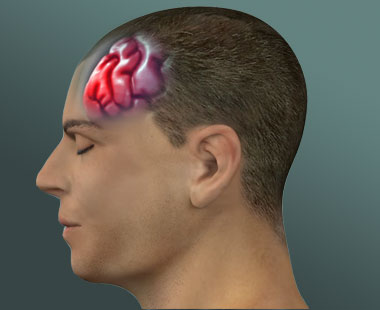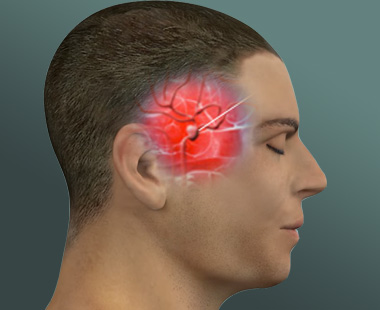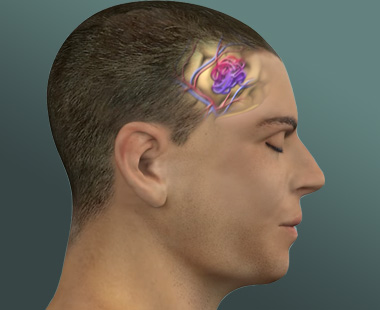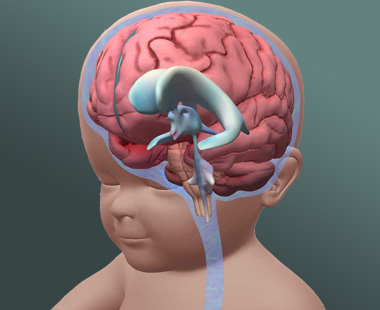
Head Injury
- Home
- Head Injury
A traumatic brain injury, also referred to an acquired brain injury, occurs when someone suffers a sudden trauma that causes damage to the brain. When the head suddenly and violently hits an object, a traumatic brain injury may occur. If an object pierces the skull and enters brain tissue, a TBI may occur.
• A blow to the head resulting from a fall, a traffic accident, an accident at work, or a sports injury.
• Damage to Brain tissue following a stroke, Brain surgery, or Brain tumour.
• A viral infection.
• Lack of oxygen to the Brain during a heart attack.
An individual suffering from a traumatic brain injury can feel dizzy, nauseous, confused, or depressed. Headaches, memory loss, difficulty in sleeping (or sometimes, oversleeping or feeling sleepy during inopportune times), increased sensitivity to noise or light, and memory and concentration problems are also common symptoms among people suffering from a traumatic brain injury.
In rare cases, a person with a concussion may form a dangerous blood clot that crowds the brain against the skull. Contact your health care professional or emergency department right away if you experience these danger signs after a bump, blow, or jolt to your head or body:
The people checking on you should take you to an emergency department right away if you:
Take your child to the emergency department right away if they received a bump, blow, or jolt to the head or body, and:
How traumatic brain injury is treated very much depends on the severity of the trauma. If the traumatic brain injury is mild, then headaches or neck pain can be treated with medication or physiotherapy. If the trauma is severe, swelling or haemorrhages often occur and these frequently require surgery. So that the degree of severity and the injuries can be defined, various diagnostic steps are carried out. The most important examinations are the CT scan where the patient’s head is X-rayed or imaging using an MRI scan. Skull fractures and haemorrhages in the brain are easy to detect.
Medications to limit secondary damage to the brain immediately after an injury may include:
Diuretics – causing increased passing of urine.
Anti-seizure drugs-to treat epileptic seizures.
Coma-inducing drugs. to cause a temporary coma or a deep state of unconsciousness.
Emergency surgery may be needed to minimize additional damage to brain tissues. Surgery may be used to address the following problems:
Most people who have had a significant brain injury will require rehabilitation. They may need to relearn basic skills, such as walking or talking. The goal is to improve their abilities to perform daily activities.

What is head injury?A traumatic brain injury, also referred to an acquired brain injury, occurs when someone suffers a sudden…
read more
What is Brain Aneurysm?Brain aneurysm is an abnormal bulge in the brain's blood vessel. When it leaks or ruptures, it…
read more
What is a brain arteriovenous malformation ?Normally, arteries carry blood containing oxygen from the heart to the brain, and veins…
read more
What is Hydrocephalus?Hydrocephalus is commonly referred to as "water on the brain." The so-called "water" is actually cerebrospinal fluid (CSF),…
read more